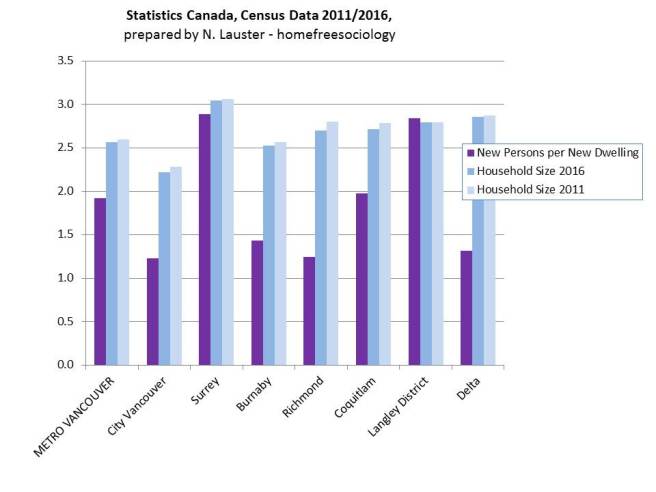So here comes the Cascadia Urban Analytics Cooperative! A new cross-border initiative bringing together UBC with the University of Washington! I’ll be generally curious to see where this goes. The notion of Urban analytics, of course, would suggest some interest in urban issues. But so far, at least, there’s very little mention of anything involving urban studies, urban geography, urban sociology, planning, law, or social science of any sort. It’s early days, of course, but I’d be a bit more encouraged if I saw some mention that “urban” implied people living in cities, and we have some relevant expertise that might be worth tapping into!
In the meantime, here’s the four program lined up so far (quoting from the press release):
- The Cascadia Data Science for Social Good (DSSG) Summer Program, which builds on the success of the DSSG program at the UW eScience Institute. The cooperative will coordinate a joint summer program for students across UW and UBC campuses where they work with faculty to create and incubate data-intensive research projects that have concrete benefits for urban communities. One past DSSG project analyzed data from Seattle’s regional transportation system – ORCA – to improve its effectiveness, particularly for low-income transit riders. Another project sought to improve food safety by text mining product reviews to identify unsafe products.
- Cascadia Data Science for Social Good Scholar Symposium, which will foster innovation and collaboration by bringing together scholars from UBC and the UW involved in projects utilizing technology to advance the social good. The first symposium will be hosted at UW in 2017.
- Sustained Research Partnerships designed to establish the Pacific Northwest as a centre of expertise and activity in urban analytics. The cooperative will support sustained research partnerships between UW and UBC researchers, providing technical expertise, stakeholder engagement and seed funding.
- Responsible Data Management Systems and Services to ensure data integrity, security and usability. The cooperative will develop new software, systems and services to facilitate data management and analysis, as well as ensure projects adhere to best practices in fairness, accountability and transparency.
Down at the University of Washington, the new cooperative will be based at Urbanalytics, a University of Washington initiative drawing on “civic hackers” to think up creative solutions to making urban life better.They have a variety of affiliated projects, including one on “housing stability,” apparently led by a physicist and a neuroscientist. I’ve no doubt these are creative and clever people with lots of insight to offer. But as someone who works in housing – an extraordinarily complicated and policy-heavy field requiring a lot of local knowledge – I worry. Wouldn’t you want to add to your team, say, someone who actually knows something about, I don’t know… housing?
On the whole, it’s neat to see the efforts here, and there’s great potential (calling Jens Von Bergmann!) There’s also increasingly a lot of data to play around with, and data scientists have an important role to play. I just worry that brand new efforts to be socially responsible and make cities better won’t get very far without drawing upon the existing strengths of people who have been working toward those efforts for a long, long time.






